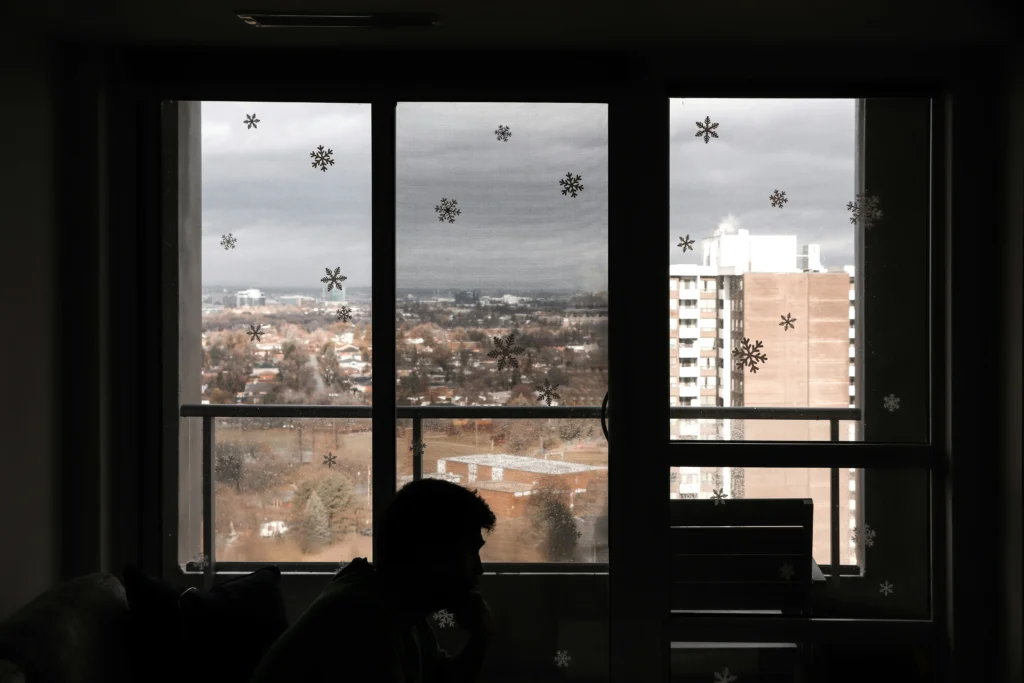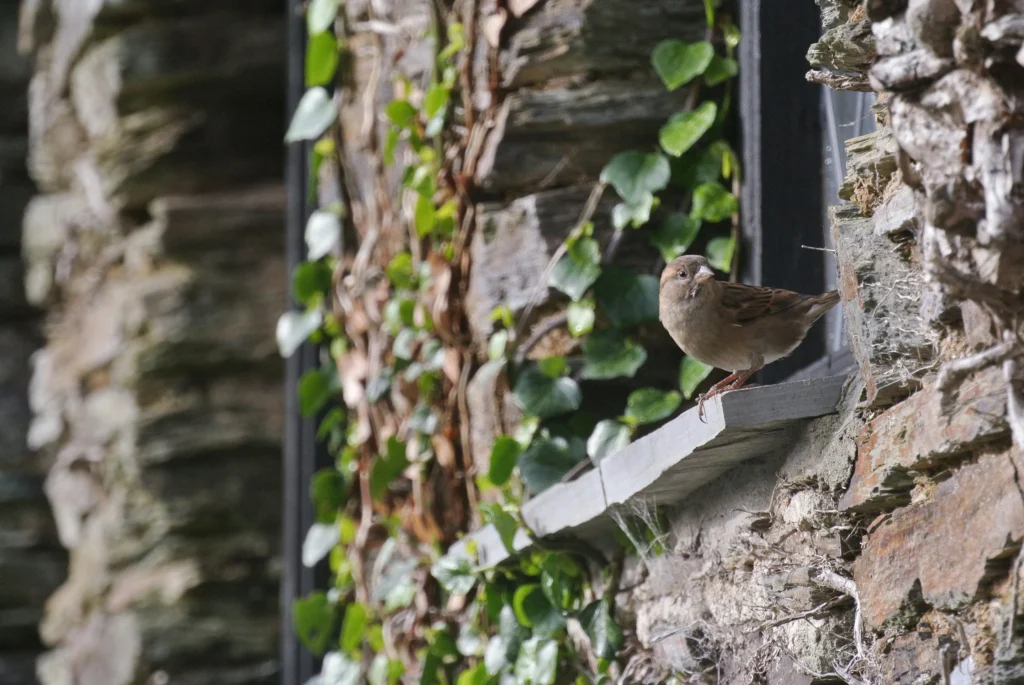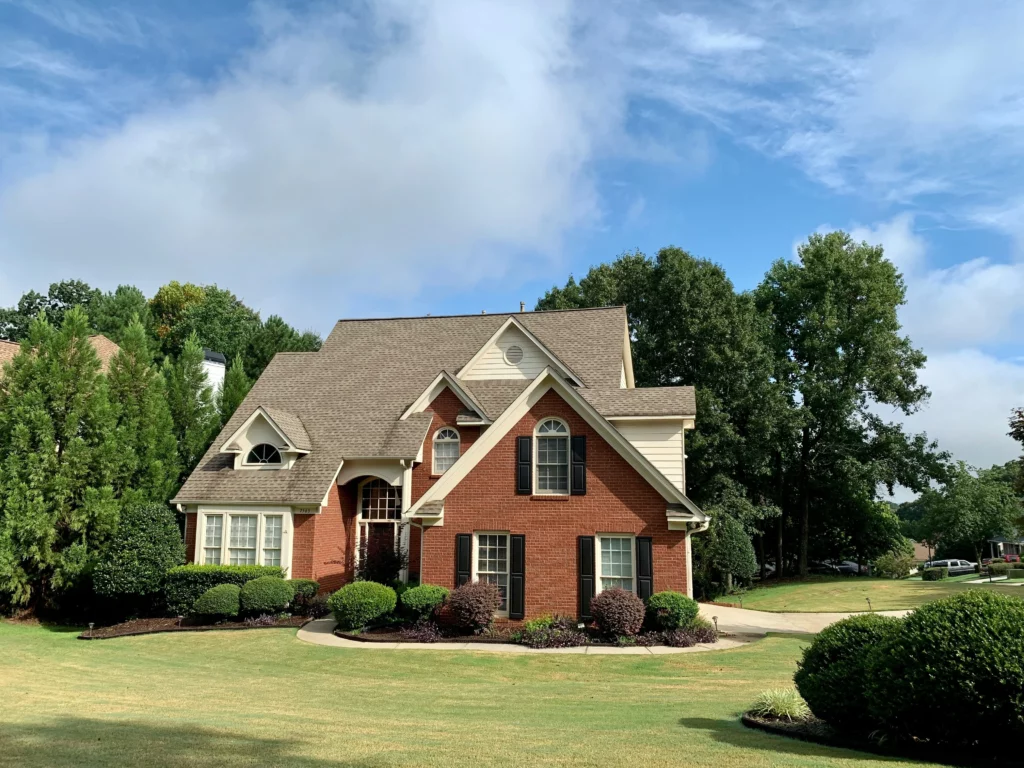If you’re like us at Geek Window Cleaning, you care about making your home look great and keeping it safe—for both you and the wildlife around you. Yet even the cleanest, most beautiful windows can be risky for birds, causing up to one billion bird deaths annually in the U.S. alone. Birds can’t tell that the sky or trees they see in your window’s reflection aren’t real. To them, it’s just more open space, which can lead to dangerous collisions.
At Geek Window Cleaning, we know that protecting your property and the natural world around it can go hand-in-hand. That’s why we’re sharing practical ways to keep birds safe from windows, whether it’s a DIY solution or something we can install for you. Read for tips from our team on making your windows bird-safe without sacrificing beauty or functionality.
Why Birds Collide with Windows
The Illusion of Open Space
Understanding how to stop birds from flying into windows starts with recognizing that they mistake reflections in glass for open space. Birds often mistake reflections of sky, trees, or other outdoor features in windows for a safe flight path. To them, your window doesn’t look like a solid barrier. It looks like a continuation of their natural world. Reflections of nearby trees or open sky are especially deceiving, as birds assume they’re flying toward familiar outdoor scenery. This simple mistake proves deadly for countless birds each year.
The Cost of Collisions
Taking steps to stop a bird from flying into windows doesn’t just protect the birds—it also keeps your property safe and intact. Even if a bird is only stunned and manages to fly away, internal damage, such as brain injuries, can lead to a slow death. Plus, a disoriented or injured bird becomes easy prey. This impact isn’t just a personal tragedy; it’s a widespread issue affecting bird populations, especially during migration seasons.
Simple Solutions to Make Your Windows Bird-Safe
Window Screens and Netting
Adding screens or netting is a simple, proven way on how to stop birds from flying into windows, creating a visible and safe barrier. One of the easiest ways to prevent collisions is to add a physical barrier to windows.
- Impact Cushioning: The screen or netting absorbs the force if a bird hits it, reducing the chance of serious injury.
- Visible Barrier: Screens and nets create an obvious visual barrier, making it clear that the window isn’t open space.
Opt for tightly mounted screens or custom netting specifically designed to prevent collisions. These solutions are especially helpful for larger windows or those facing greenery.
Tape and Decal Patterns
Patterns on the glass can alert birds to the presence of a barrier. Try using specific types of tape or decals that break up the window’s reflective surface.
- Spacing Matters: Place tape or decals no more than 4 inches apart horizontally and 2 inches apart vertically.
- High-Contrast Options: Bright, contrasting decals or patterns work best. Birds need to spot them easily to avoid the area.
Choose designs that match your style and property. For a stylish yet effective approach on how to stop birds from flying into windows, consider high-contrast decals that blend with your property’s design.
Treating Windows from the Inside
Blinds, Shades, and Curtains
Using window treatments can help reduce reflections and make windows less deceptive to birds.
- Close Window Treatments: Whenever windows aren’t in use, especially at night, keep blinds, shades, or curtains closed.
- Minimize Reflection: Interior blinds can help obscure reflections of trees and sky on the window’s surface.
Keeping your blinds or shades halfway or fully closed when they aren’t needed can make a difference, especially during peak migratory times.
Managing Nighttime Lighting
Birds, especially migratory species, are drawn to lighted windows at night, which can be disorienting.
- Turn Off Lights: Turn off nonessential lights near windows after dark.
- Close Shades: If you need lights on, close your shades or curtains to reduce visibility from outside.
This small habit can help migratory birds avoid unnecessary collisions with your windows.
Bird-Friendly Solutions for New Builds or Remodels
Choosing Bird-Safe Glass
If you’re looking for how to stop birds from flying into windows, considering bird-safe glass is an effective option during renovations. Certain glass types can help birds avoid collisions.
- Fritted Glass: This type of glass has opaque, dotted patterns that make it highly visible to birds.
- UV-Reflective Glass: Birds see UV light, so UV-reflective glass appears visible to them while remaining clear for human eyes.
These glass types provide built-in protection and are an excellent choice if you’re building or remodeling with bird safety in mind.
Exterior Shades or Awnings
Exterior shades and awnings are also helpful, especially on windows that tend to reflect the sky or greenery.
- Sun and Temperature Control: Shades and awnings minimize window reflections while helping regulate indoor lighting and temperature.
- Practical Design: They’re a stylish option that enhances your home’s exterior while making it bird-friendly.
Consider remote-controlled options for added convenience so you can open and close them as needed without hassle.
How to Help a Bird That Has Collided with Your Window
Safe Handling and Recovery Tips
If you find a bird that’s collided with your window, handling it correctly can improve its chances of survival.
- Contain the Bird: Gently cover the bird with a towel and place it in a paper bag or small box lined with tissue. This keeps the bird calm and protected.
- Quiet Recovery Space: Place the container in a quiet, dark, and warm area, away from children or pets.
- Check Regularly: After about 30 minutes, check on the bird. If it appears alert, take it outside and open the container for a chance to fly away.
If the bird isn’t recovering or seems seriously hurt, contact a local wildlife rehabilitator for assistance. Quick, quiet containment and minimal handling can reduce stress and boost recovery odds.
Making Your Property Bird-Friendly and Beautiful
Moving Bird Feeders and Baths
While it’s wonderful to have bird feeders and baths close to your home, they can inadvertently increase the risk of window collisions.
- Close or Distant Placement: Position feeders and baths within 3 feet of windows (so birds can’t gain fatal momentum) or more than 30 feet away to help birds see windows as part of the building.
This spacing minimizes the risk of deadly collisions while still allowing you to enjoy birds close to home.
Incorporating Bird-Safe Elements into Your Landscape
Designing a bird-friendly landscape doesn’t mean sacrificing style. In fact, it can enhance the beauty of your outdoor space.
- Plant Native Shrubs and Trees: These provide natural shelter and foraging spots, helping attract birds safely away from windows.
- Add Bird-Safe Accents: Strategically place items like birdbaths, feeders, and perches at safe distances from windows.
With the right landscaping, you’ll create an inviting space for both birds and people, boosting your property’s appeal and functionality.
Conclusion: How to Stop Birds from Flying Into Windows
At Geek Window Cleaning, we’re all about making properties shine in ways that benefit our clients and the environment. Adding bird-safe solutions to your windows can make a huge difference, and we’re here to make it easy. Contact us today for customized bird-safe window treatments and enjoy a property that’s both beautiful and bird-friendly!




Recent Comments